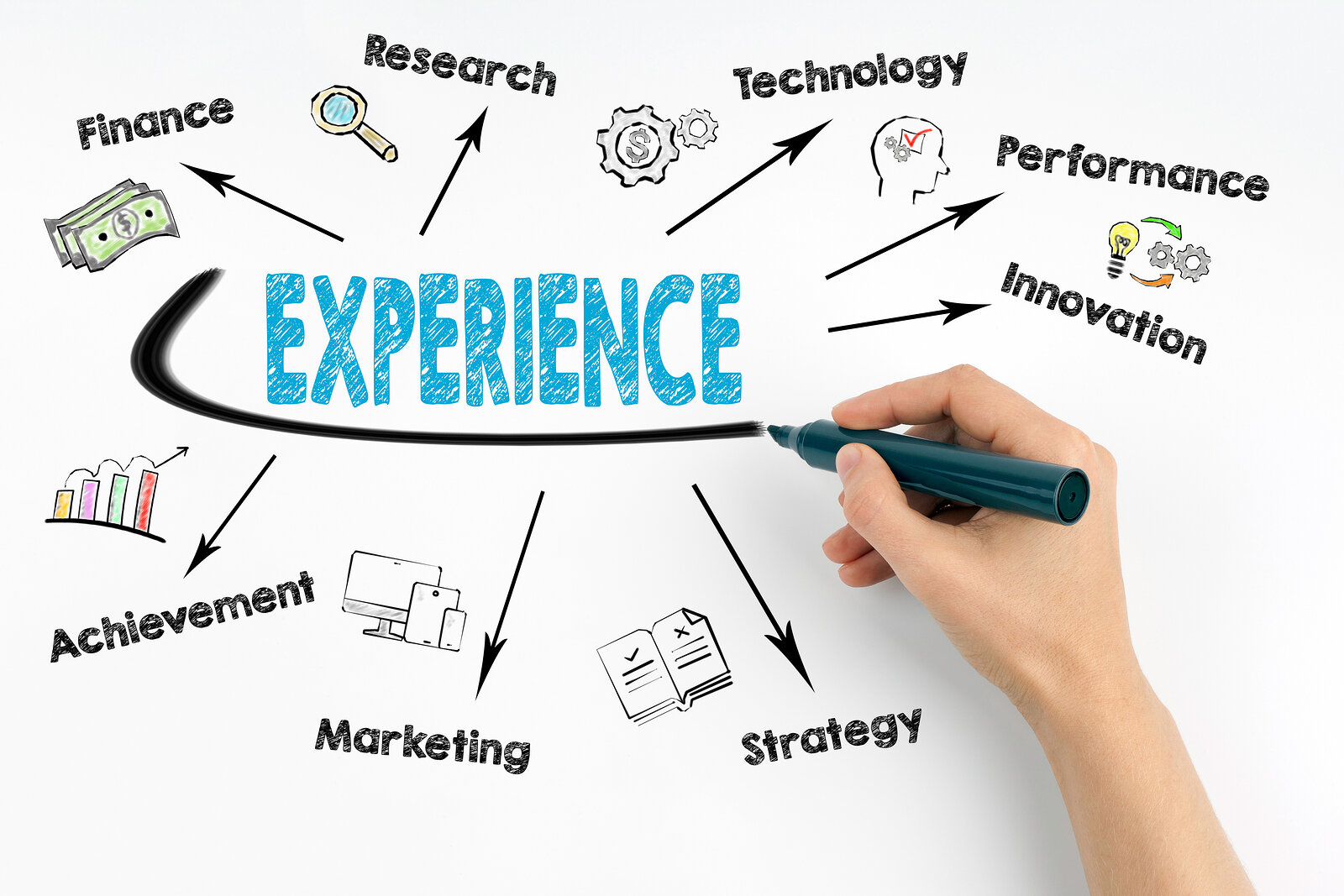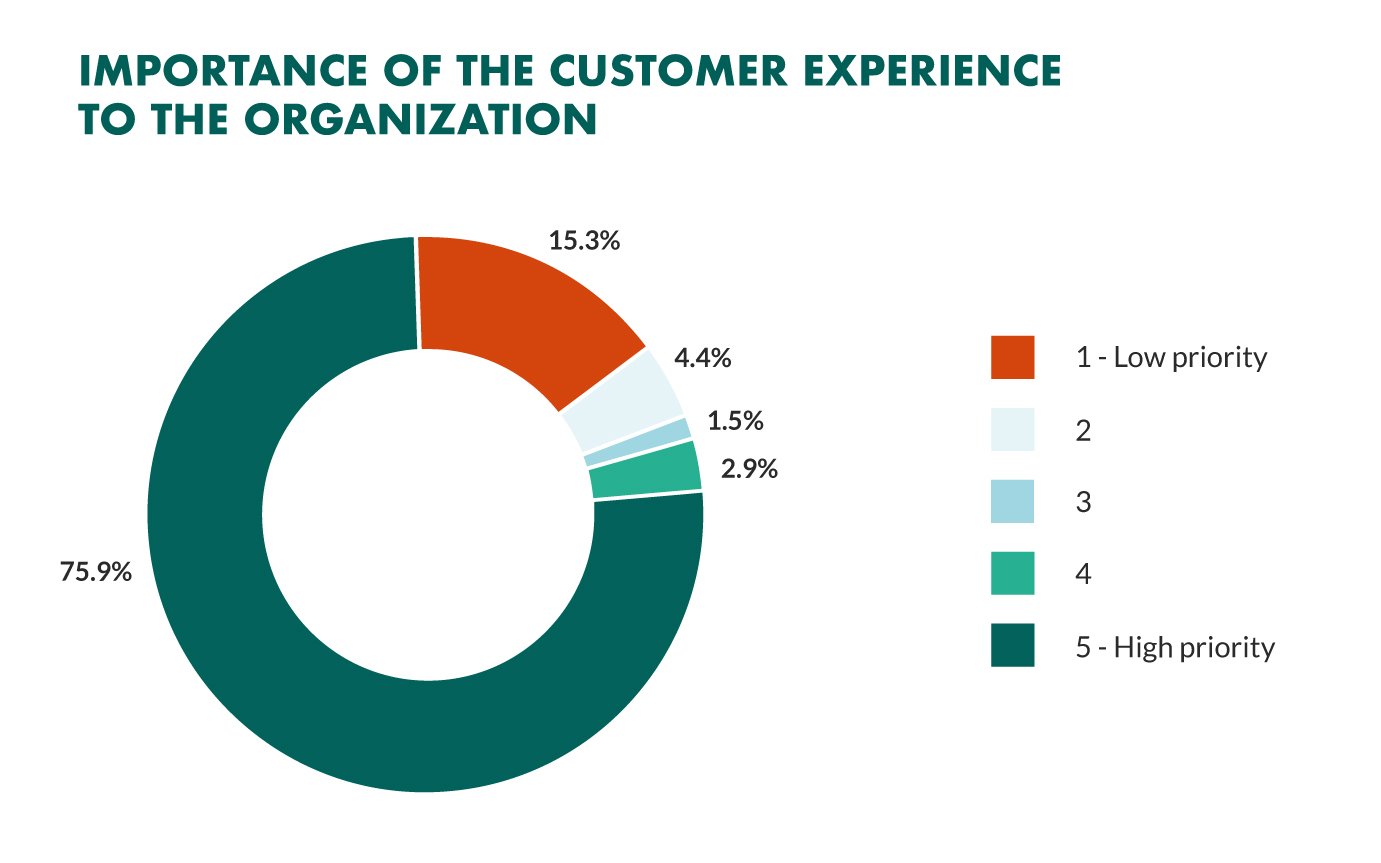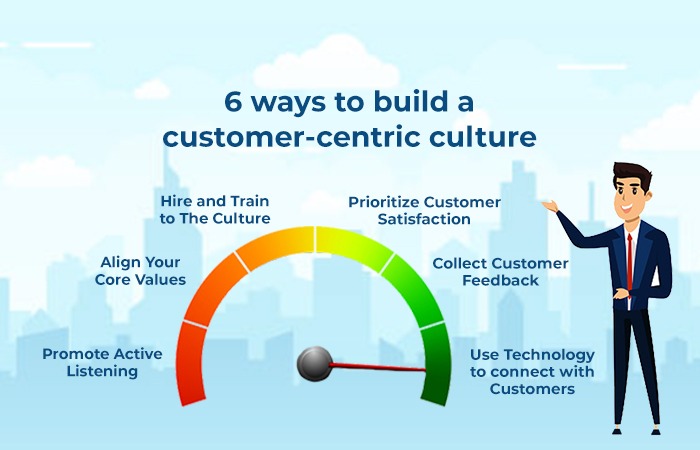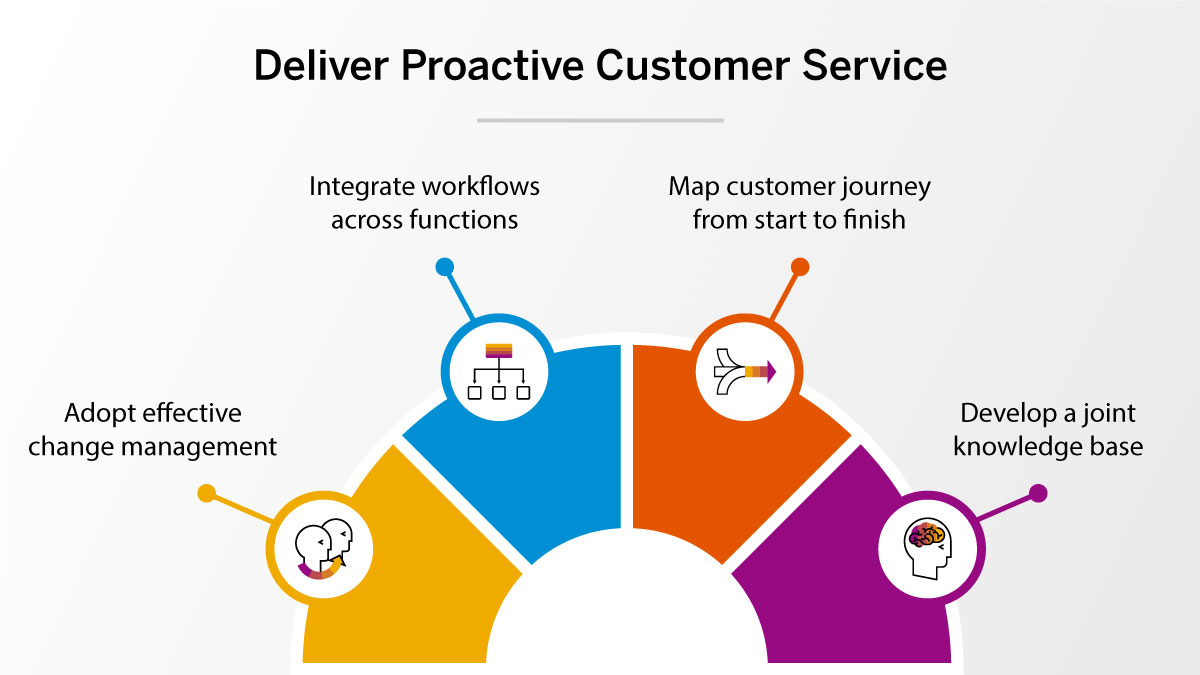What is a Customer Experience Strategy?
A customer experience strategy is your plan to make every interaction with your customers positive. It’s how you ensure they enjoy doing business with you, from start to finish.
Understanding Customer Experience
Customer experience, especially digital customer experience is how customers feel about every part of their journey with your business. It’s not just one thing. It’s everything from browsing your website to talking to the customer experience manager. It’s about making these experiences smooth and enjoyable.

Importance of Customer Experience Strategy
The importance of customer experience strategy are the following:

Enhances Customer Satisfaction
To enhance the customer satisfaction for digital customer experience, follow:
- Builds Trust: Positive experiences make customers trust your brand.
- Boosts Happiness: Happy customers are more likely to return.
Increases Customer Loyalty
In digital customer experience, you can increase customer loyalty by:
- Encourages Repeat Business: Satisfied customers are more likely to come back.
- Creates Brand Advocates: Loyal customers often recommend your business to others.
Differentiates from Competitors
Improve customer experience strategy by differentiating from competitors:
- Unique Selling Point: A great customer experience sets you apart in a crowded market.
- Competitive Advantage: Businesses with superior customer service stand out.
Drives Revenue Growth
With the right digital customer experience strategy, you can drive your revenue growth:
- Increases Sales: Happy customers tend to buy more.
- Reduces Churn: Keeping customers is cheaper than acquiring new ones.
Improves Customer Retention
Improve customer experience strategy by improving customer retention:
- Keeps Customers Engaged: A good experience encourages long-term relationships.
- Reduces Turnover: Satisfied customers are less likely to switch to competitors.
Collects Valuable Feedback
In digital customer experience, you can collect valuable feedback for improvement:
- Insights for Improvement: Customer feedback helps you improve your products and services.
- Informs Strategy: Use feedback to make informed business decisions.
Enhances Brand Reputation
To enhance the brand reputation for digital customer experience, follow:
- Positive Word-of-Mouth: Satisfied customers spread the word about your business.
- Strengthens Brand Image: A strong reputation attracts new customers.
Increases Efficiency
With the right digital customer experience strategy, you can increase efficiency:
- Streamlines Processes: Addressing common pain points makes operations smoother.
- Reduces Costs: Happy customers require less support, lowering service costs.
Boosts Employee Morale
To boost the customer satisfaction with employee morale for digital customer experience, follow:
- Positive Work Environment: Happy customers make for happier employees.
- Employee Retention: Satisfied employees are more likely to stay with the company.
Provides a Clear Focus
Improve customer experience strategy by providing a clear focus:i6,6u
- Guides Business Decisions: A customer-centric approach informs all aspects of your business.
- Aligns Teams: Ensures everyone in the company is working towards the same goal.
Key Components of a Customer Experience Strategy
The key components of a customer experience strategy are the following:

Understanding Your Customers
Understanding your customers is the first step in digital customer experience strategy:
- Gather Data: Use surveys, social media, and feedback forms to learn about your customers.
- Create Personas: Develop detailed profiles of your typical customers to understand their needs and behaviors.
Mapping the Customer Journey
Now, it's time to map the customer journey for digital customer experience:

- Identify Touchpoints: List all interactions customers have with your business, from start to finish.
- Analyze Each Step: Look at each touchpoint to identify areas for improvement.
Personalization
Improve customer experience strategy with personalization:
- Tailor Interactions: Use customer data to personalize emails, recommendations, and offers.
- Show Appreciation: Send personalized thank-you notes or special discounts.
Training Your Team
Training your team is the next step in digital customer experience strategy:
- Customer Service Skills: Train employees to be patient, empathetic, and helpful.
- Product Knowledge: Ensure your team knows your products or services inside and out.
Leveraging Technology
For providing the top-level digital customer experience to your customers use the latest technologies:
- CRM Systems: Use Customer Relationship Management tools to track and manage customer interactions.
- Automation: Implement chatbots (like BotPenguin), automated emails, and other technologies to improve efficiency and response times.
Gathering and Using Feedback
Gather and use the feedback to improve customer experience strategy:
- Regular Surveys: Collect customer feedback regularly to understand their experiences and needs.
- Act on Insights: Use the feedback to make informed changes and improvements.
Measuring Success
Measuring success in digital customer experience strategy gives clarity:
- Key Metrics: Track metrics like customer satisfaction scores, retention rates, and resolution times.
- Continuous Improvement: Regularly review these metrics and adjust your strategy accordingly.
Building a Customer-Centric Culture

For providing a better digital customer experience, build a customer centric culture:
- Company-Wide Commitment: Ensure every team member understands and commits to the customer experience strategy.
- Rewarding Loyalty: Implement loyalty programs and special rewards for repeat customers.
Consistency Across Channels
Improve customer experience strategy by being consistent across channels:
- Omni-Channel Experience: Provide a seamless experience whether customers are interacting online, in-store, or via phone.
- Consistent Messaging: Ensure your brand message and tone are consistent across all channels.
Proactive Customer Service

Proactive customer service is critical part of the digital customer experience strategy:
- Anticipate Needs: Reach out to customers before they have to contact you with issues.
- Resolve Issues Quickly: Empower your team to resolve problems swiftly and effectively.
Enhancing Product and Service Quality
To enhance the product and service quality for digital customer experience, follow:
- Quality Control: Regularly review and improve your products and services based on customer feedback.
- Innovation: Continuously look for ways to innovate and exceed customer expectations.
Frequently Asked Questions (FAQs)
What is the customer experience strategy and why is it important?
Customer experience Strategy focuses on creating positive interactions at every customer touchpoint, essential for building loyalty, satisfaction, and competitive advantage.
How does customer experience strategy impact business growth?
It influences retention, loyalty, and referrals, directly affecting revenue and business expansion.
What are the key components of an effective customer experience strategy?
It includes personalized interactions, multichannel consistency, employee engagement, and feedback mechanisms for continuous improvement.
How can a company measure the success of its customer experience strategy?
Success is measured through metrics like Net Promoter Score (NPS), Customer Satisfaction (CSAT), and Customer Effort Score (CES).
Can technology improve customer experience strategy?
Yes, technology like AI, data analytics, and CRM systems can tailor experiences, anticipate needs, and streamline interactions.
What role does company culture play in customer experience strategy?
Company culture sets the tone for employee behavior, which directly influences customer perceptions and interactions.
